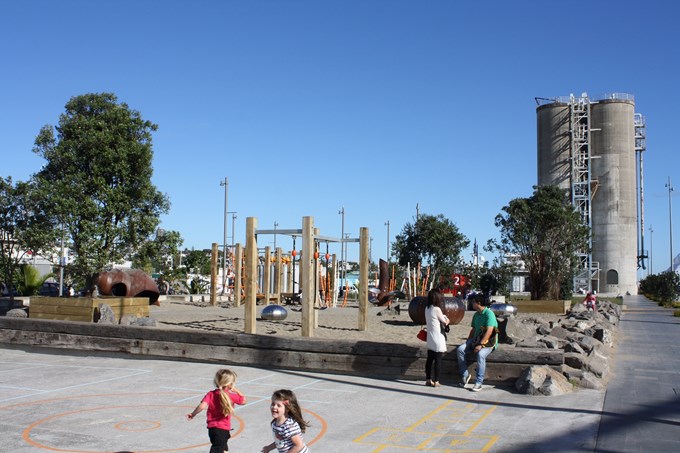Dr Lee Beattie, Deputy Head of School: Urban Planning and Design, University of Auckland
It is concerning to observe that the recent and ongoing public debate about Auckland’s future direction seems to be framed around short-run housing supply and affordability issues, with the overly simplistic suggestions that more residentially zoned land at the city’s edge will somehow solve Auckland’s growth issues.
In my view, this is fundamentally flawed and fails to acknowledge the long-term implications of this short-term thinking.
Providing housing at the edge, with the nearest employment opportunities located a long drive away, with shops and other services still a reasonable drive away, is not affordable housing in any shape or form, when you think about the long-run costs associated with these type of housing choices.
Think about the cost of travel (let alone the loss of productivity and personal time you could be spending with family and friends) and the fact that you cannot survive in these areas without a car. Who is going to pay for, and maintain, all the new infrastructure required for these housing options, when we know the cost of this is not currently being covered by the users?
Debate needs to be about more than just affordability
As a result, I would argue that the debate around growth needs to be much more encompassing and shouldn’t just be dominated by housing affordability issues – although this is, of course, a critical element. It is about the future urban form Aucklanders want for their city and for their children to inherit.
This debate should be about the wider urban planning and design picture, addressing employment options, reducing travel demand, providing a range of travel choices, the quality of the public realm, the quality and design of our buildings, the provision of open space, shopping and entertainment, and protection of our reserves and coastal areas. That is, it should be about building and creating safe, strong and resilient communities that we can all enjoy and actively contribute to.
The importance of liveable communities
It’s not surprising that some of Auckland’s most liveable suburbs are located close to employment, shopping and entertainment opportunities, with established and frequent public transport options. Residents of these suburbs can enjoy these opportunities without enduring travel for long distances. They have the ability to walk to their local shops and services and interact with their neighbours. Their children can play with each other in their local parks, developing a strong sense of community and place. Shouldn’t we be developing more areas like these, as opposed to creating dislocated residential subdivision?
We need to consider the liveability of the neighbourhoods we are creating, not solely the affordability.
In my view, while the issue of affordability is rightly prominent, simply concentrating on housing in this way will not address Auckland’s housing issues. Nor will it enable the development of successful communities in the long run.
Balanced approach needed
When we consider the issue of affordability, it's also interesting to note how people’s expectations towards housing have changed. My parents' first house was 90m2 – this was all they could afford, and with a second mortgage at interest rates much higher than today.
Now the average house is over 200m2, with an expectation that this should be your first house. This expectation – rightly or wrongly – has had significant impacts on the cost of housing.
We need to take a balanced approach that provides for a range of housing options in appropriate locations where we can leverage off the existing infrastructure and local services with a choice of well-designed housing and associated services. This will reduce infrastructure cost and travel demand, increase the vitality of existing town centres, provide a range of housing options for all our residents and provide for future urban growth.
Creating a sense of community
How do we create a strong sense of community and place, in areas flagged for future growth, whether in existing town centres or newly developing areas of the wider city? This should be an overarching consideration and drive public discussion about Auckland’s future.
We all need to engage in what scale and form we want Auckland to have over the long term and, just as importantly, how we are going to pay for it. Unfortunately, infrastructure costs (including ongoing maintenance) are not at the forefront of many Aucklanders’ minds, except when the council’s rates bills arrive in our letterboxes. What we can afford, what we are willing to pay for, and how these costs will be shared between the community and future generations are vital questions that must also form part of this debate.


